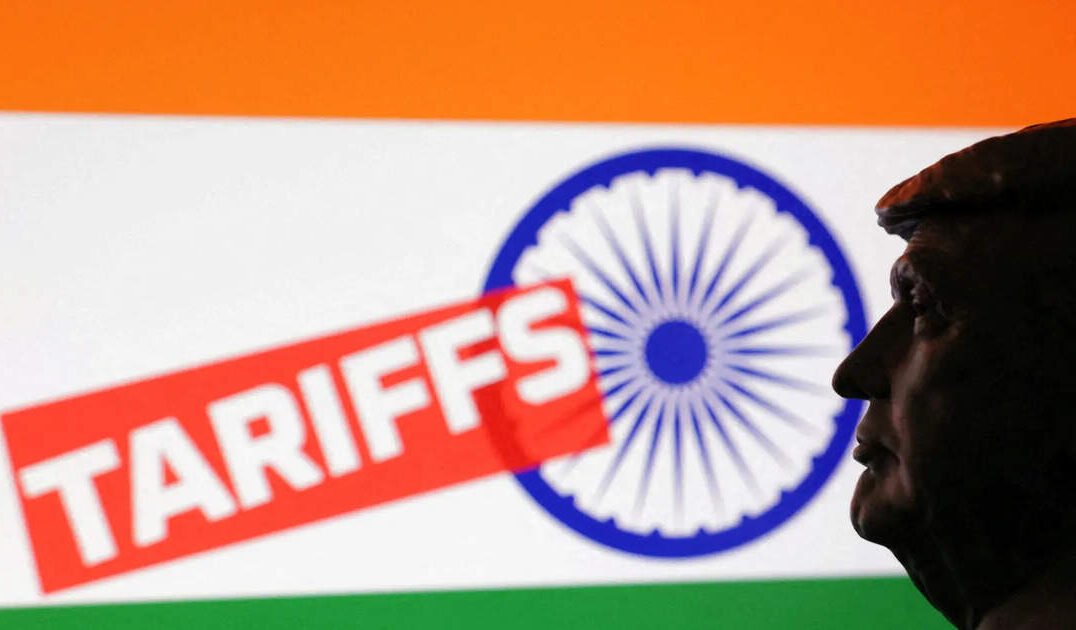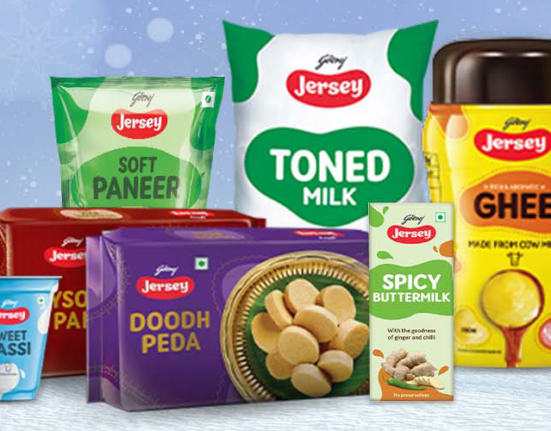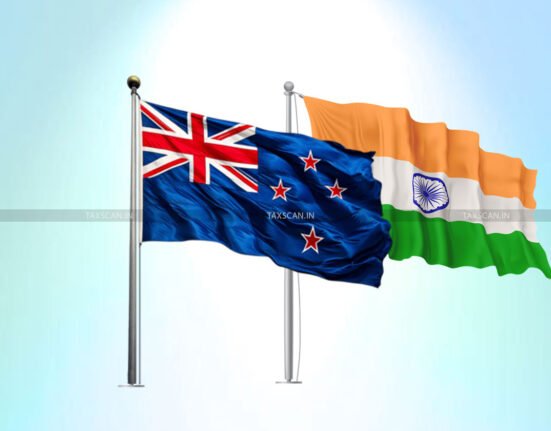The United States’ decision to impose 25% “reciprocal tariffs” on Indian exports has sent shockwaves across multiple industries, with India’s dairy sector facing fresh uncertainties. The move comes after months of stalled bilateral trade agreement (BTA) negotiations, mainly because India refused to open its agricultural and dairy markets to heavily subsidised US agri-business.
While New Delhi had anticipated the tariffs ahead of President Donald Trump’s August 1 deadline, the consequences for India’s dairy export ambitions could be far-reaching. Indian dairy products—particularly ghee, milk powder, and probiotic yoghurts- have been gaining traction in the US market, driven by diaspora demand and a growing preference for ethnic and functional foods.
Dairy exports are at an inflexion point
Though Indian dairy exports to the US represent a small slice of total outbound trade, the segment was expected to register double-digit growth in 2025. These tariffs may now force Indian exporters to recalibrate strategies in an already challenging landscape.
“Many Indian exporters were gearing up to leverage the premium ethnic dairy segment in the US,” said Prashant Tripathi, Jordbrukare India. “A sudden 25% tariff disrupts those plans and undermines years of market-building efforts. It’s an unwelcome setback at a time when milk procurement prices and shipping costs are already squeezing margins.”
Why India refused to open its dairy market
The trigger for the tariff imposition lies in India’s firm refusal to allow subsidised US agri-business access to its dairy sector. The government has consistently argued that liberalising dairy imports could devastate millions of smallholder farmers who form the backbone of the Indian dairy economy.
Nearly 99.5% of Indian farmers are small or marginal producers, as acknowledged in India’s World Trade Organisation (WTO) submissions. Competing with large US corporations—backed by record-high farm subsidies of $216 billion in 2022—would be virtually impossible. These subsidies allow American producers to sell dairy products at artificially low prices, often below their cost of production, a practice widely regarded as dumping.
“Our dairy cooperatives, from Amul and Nandini to Mother Dairy, would be forced into distress if such imports were allowed,” noted Prashant Tripathi. “Protecting this sector is a food security and livelihoods imperative, not just a trade issue.”
A lesson from history
India’s stance is rooted in historical experience. During the 1965 India-Pakistan conflict, the US used food grain exports under the PL-480 programme as a political tool, highlighting the risks of import dependency. Since then, self-sufficiency in food and dairy production has been a cornerstone of Indian agricultural policy.
By maintaining tariffs to prevent subsidised imports, India has preserved the autonomy of its dairy sector and the resilience of its rural economy. However, the current retaliation from the US demonstrates how such defensive trade policies can carry short-term costs for exporters.
Time to diversify export markets
Beyond the immediate tariff shock, the bigger challenge for Indian dairy exporters lies in over-reliance on a single market. The US remains a lucrative but volatile destination, and the current tariffs may act as a catalyst for companies to seek more diversified trade partners.
“Global South markets—from Southeast Asia to the Middle East and Africa—offer significant headroom for Indian dairy exports,” explained Mehra. “Cultural acceptance of Indian dairy products is strong in these regions, and trade barriers are less politically charged.”
Industry experts believe that building deeper links with BRICS nations and other South-South economies could protect Indian dairy exporters from future trade shocks.
Strategic takeaways for India’s dairy sector
- Short-term pain: Dairy exports to the US will face immediate pricing pressures, potentially slowing the double-digit growth trajectory projected for 2025.
- Domestic protection remains vital: Safeguarding millions of smallholder farmers from subsidised imports is non-negotiable for India’s food security.
- Diversification is key: Greater focus on Global South markets can reduce the sector’s vulnerability to US-centric trade policies.
The Trump administration’s unilateral “America First” approach may have created fresh hurdles for Indian dairy exporters, but it also highlights the importance of resilient trade strategies. India’s dairy industry, a global leader in milk production and value-added products, now has an opportunity to leverage its strengths and deepen its global footprint beyond traditional markets.







